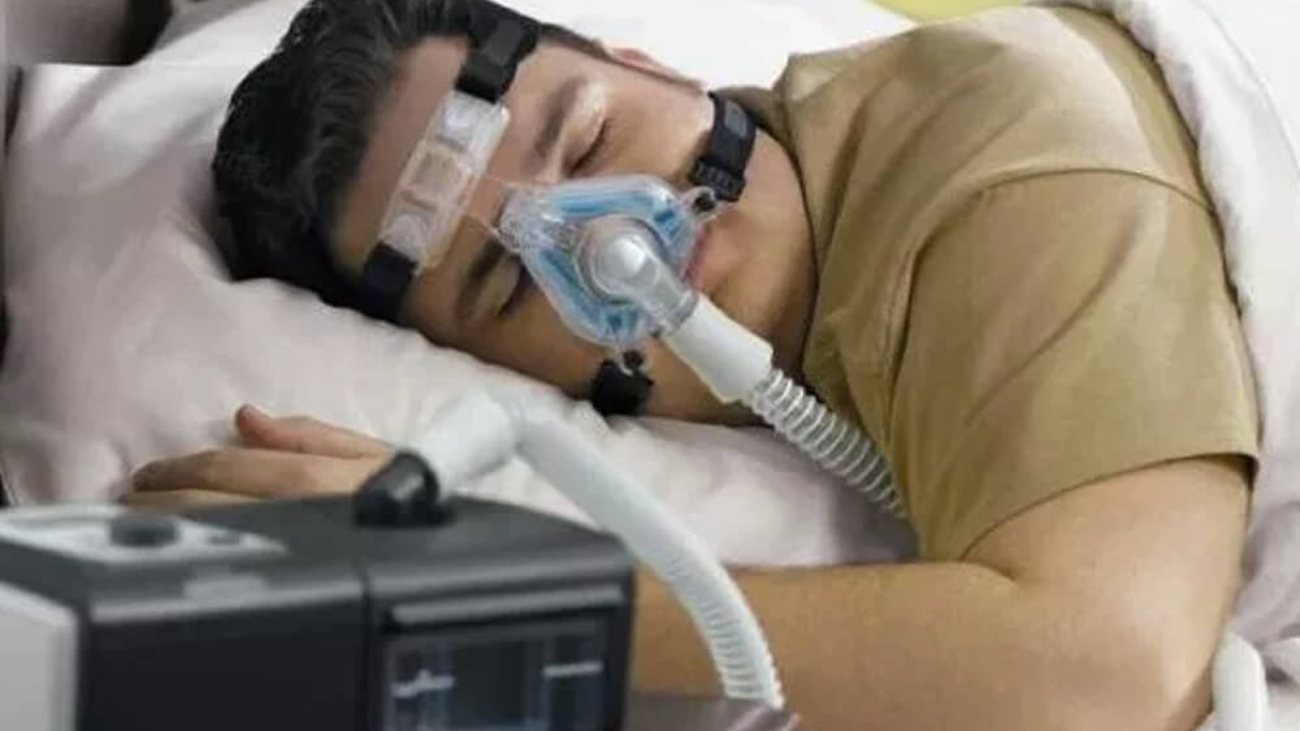
What Are The Best Oral Appliances For Sleep Apnea?
Sleep apnea is a serious sleep disorder that affects millions of people worldwide. It is characterized by interruptions in breathing during sleep, leading to fragmented sleep patterns and potential health risks. Among the treatment options available, oral appliances have gained significant attention for their effectiveness in managing obstructive sleep apnea (OSA).
Understanding Sleep Apnea
Before delving into oral appliances, it’s crucial to grasp the nuances of sleep apnea. OSA occurs when the muscles in the throat relax excessively during sleep, causing the airway to become partially or completely blocked. This obstruction leads to pauses in breathing, often accompanied by loud snoring and abrupt awakenings, disrupting the sleep cycle.
The Role Of Oral Appliances
Oral appliances, also known as mandibular advancement devices (MADs) or mandibular repositioning devices (MRDs), are among the non-invasive treatments for sleep apnea. These devices work by repositioning the lower jaw and tongue to keep the airway open during sleep. They are custom-fit by dental professionals to ensure maximum comfort and efficacy.
Choosing The Right Oral Appliance
Several factors influence the selection of the most suitable oral appliance for sleep apnea:
- Customization And Fit
Effective oral appliances are tailored to each individual’s mouth structure and bite. Custom-fit devices offer better comfort and efficacy compared to over-the-counter options.
- Comfort And Compliance
Comfort is key to compliance with sleep apnea treatment. Devices that cause discomfort may lead to non-compliance, affecting their overall effectiveness.
- Adjustability And Effectiveness
Some oral appliances allow for adjustments to optimize their effectiveness over time. These devices offer flexibility in accommodating changes in the user’s condition or comfort preferences.
- Material And Durability
Quality materials ensure durability and longevity of the oral appliance. Understanding the lifespan of the device is crucial for long-term management of sleep apnea.
Notable Oral Appliance Options
Several oral appliances stand out in the market for their effectiveness and user satisfaction:
- Mandibular Advancement Devices (Mads)
MADs are among the most commonly prescribed oral appliances for sleep apnea. They work by gently pushing the lower jaw forward, preventing the collapse of the airway during sleep.
- Tongue-Retaining Devices (Trds)
TRDs function by holding the tongue in a forward position, preventing it from obstructing the airway. They are suitable for individuals with specific anatomical characteristics.
- Adjustable Oral Appliances
Some devices offer adjustability features, allowing users to fine-tune the advancement of the lower jaw or the position of the tongue, enhancing comfort and effectiveness.
Consultation And Professional Guidance
Choosing the most appropriate oral appliance requires consultation with a sleep specialist or a dentist experienced in sleep medicine. A comprehensive evaluation of the individual’s symptoms, medical history, and physical characteristics helps determine the most effective treatment approach.
The Importance Of Regular Follow-Ups
Regular follow-up visits are essential to monitor the effectiveness of the oral appliance and make necessary adjustments. These visits also enable professionals to address any discomfort or issues experienced by the user, ensuring optimal treatment outcomes.
Conclusion
Oral appliances offer a non-invasive and effective option for managing sleep apnea, providing relief and improving sleep quality for those affected by the condition. Understanding the different types of devices available, their suitability, and the importance of professional guidance is crucial in selecting the best oral appliance tailored to individual needs.
In conclusion, while oral appliances serve as valuable tools in the treatment of sleep apnea, consultation with healthcare professionals remains paramount in ensuring the most suitable and effective treatment plan for this potentially debilitating sleep disorder.



